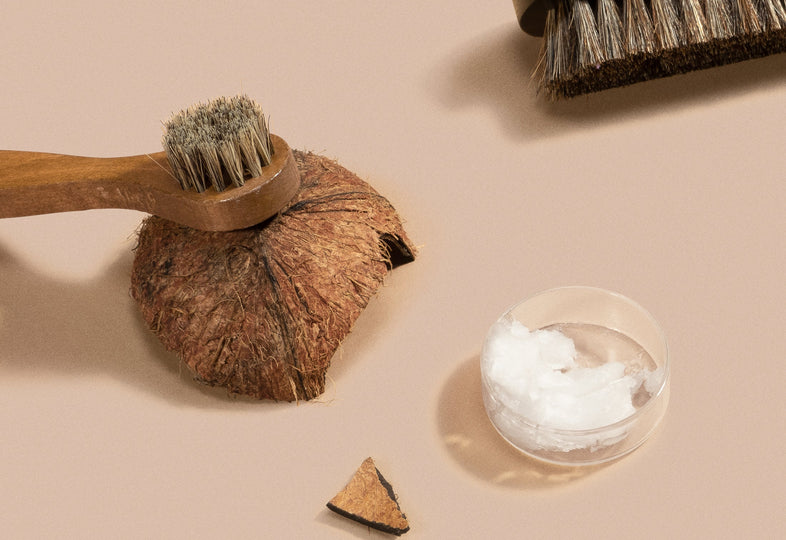There is a myriad of myths and misconceptions surrounding leather care. A large proportion of these relate to the application of oils to treat and nourish leather goods.
Browse the internet and you’ll find a wealth of — often contradictory — information on the topic; some leather aficionados swear by natural over organic oils, others sing the praises of products you’ll find in your kitchen cupboards: coconut oil, olive oil, even peanut butter.
With the aim of shedding light on this tricky subject, we set out to find the best oil for leather. After some research and personally testing a range of oils on Carl Friedrik products — including coconut oil, mineral oil, mink oil, neatsfoot oil and olive oil — we have our answer.
But before we share the conclusions, let’s consider why leather care is so crucial.
